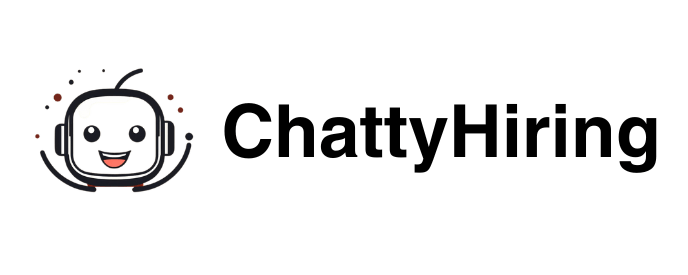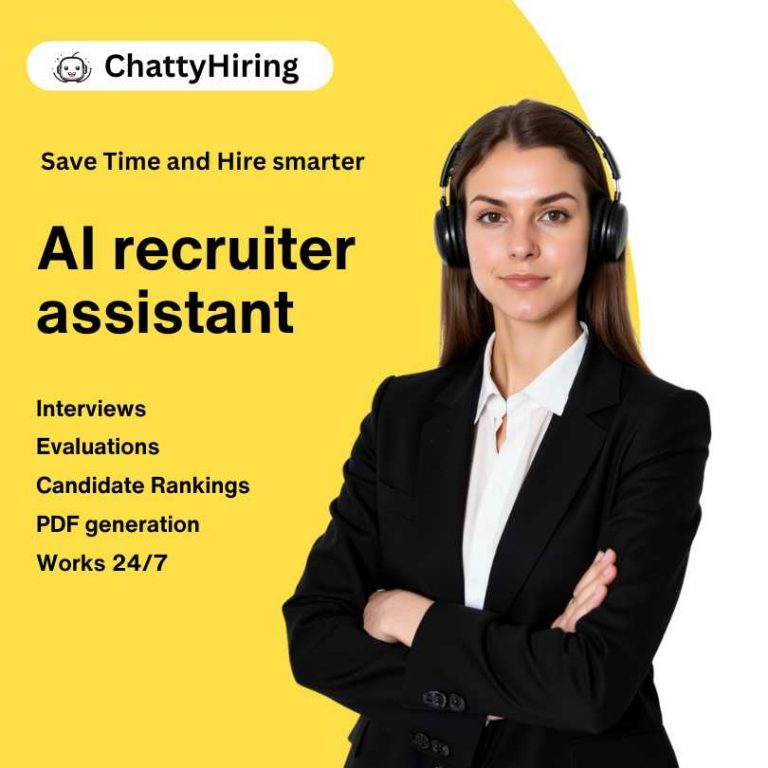Your people strategy can make or break your company’s success. Many leaders focus on hiring and training without realizing that red flags in talent development often hide beneath the surface, quietly impacting team performance and employee satisfaction.

These warning signs range from poor talent acquisition practices and unclear role expectations to toxic workplace cultures that drive away top talent. Companies that ignore these issues deal with higher attrition, lower productivity, and teams that just don’t click.
Research shows that 70% of employees need clear communication about their role and how it connects to company goals.
Smart leaders learn to spot these problems early and take action. They know that building the right culture supports strategy and boosts productivity, while keeping excellent employees and attracting even more.
Core Red Flags in Your People Strategy

Successful people strategies require clear alignment with business goals and modern approaches to talent management. Active leadership involvement is crucial too.
When these elements break down, organizations see engagement drop, retention issues, and missed objectives.
Lack of Strategic Alignment
Organizations sometimes create people strategies that don’t connect with their business objectives. This disconnect causes confusion and wastes time on initiatives that don’t actually help the company grow.
Misaligned Talent Acquisition
- Recruiting for skills that don’t match future business needs
- Filling immediate gaps without thinking long-term
- Overlooking strategic capabilities in workforce planning
Unclear Success Metrics
Companies run into trouble when they use generic HR metrics instead of business outcomes. Employee satisfaction scores mean little if they don’t tie back to productivity, retention, or revenue.
Strategic misalignment also shows up in how budgets are allocated. Resources often go to trendy programs instead of ones that actually support business strategy.
Outdated or Rigid Approaches
A lot of companies stick with traditional people management practices that don’t fit today’s workforce. This rigidity makes it tough to keep up with changing employee expectations and market shifts.
Resistance to Flexibility
Leaders who hold onto old-school mindsets create barriers to effective talent management. They focus on face-time instead of results and resist remote or hybrid work setups.
Inflexible Development Programs
- Cookie-cutter training for everyone
- Annual performance reviews as the only feedback tool
- Career paths stuck in outdated hierarchies
Technology Gaps
Relying on manual processes and old systems makes it hard to deliver a modern employee experience. Digital tools should make development personalized and communication seamless.
Cultures that resist new ideas push away creative and forward-thinking employees. Innovation needs experimentation and openness to new ways of managing people.
Neglecting Leadership Engagement
Leadership disengagement is a major red flag in people strategy. When execs don’t actively support talent initiatives, the whole strategy loses steam.
Inconsistent Communication
Leaders who aren’t sure what to say often say nothing, and that silence creates anxiety and rumors among employees.
Delegation Without Ownership
Some leaders hand off people strategy to HR and check out. This signals that talent management isn’t a strategic priority.
Missing Empathy and Support
Leadership engagement means understanding what employees need and what they’re dealing with. Without empathy, leaders can’t create psychologically safe workplaces.
Key Leadership Behaviors:
- Regularly joining talent reviews
- Personally involved in developing high-potential employees
- Being visible champions of company values and culture
- Consistently communicating people priorities
Common Warning Signs in Talent Management

Recruitment-savvy companies keep an eye out for patterns that signal their talent strategy needs a tune-up. These warning signs often show up in career development, succession planning, and how success gets measured.
One-Size-Fits-All Career Paths
Problems pop up when everyone is forced onto the same career ladder. This approach ignores what people actually want out of their careers.
Some employees want to manage teams. Others want to become technical experts. Some might want to switch departments completely.
Limited career advancement makes employees feel stuck and leads to higher attrition. When vertical promotions are the only option, you lose talented people who want to move sideways.
Warning signs include:
- Only promoting into management
- No lateral move options
- Employees asking about jobs elsewhere
- High performers leaving for similar roles
Smart companies offer multiple career tracks, including management, specialist, and cross-functional opportunities. This flexibility keeps more people engaged and reduces churn.
Reactive vs. Proactive Talent Planning
A lot of organizations only think about replacements when someone quits. This reactive approach leads to chaos and lost knowledge.
Reactive planning looks like:
- Scrambling to fill roles after someone leaves
- No backup plans for critical positions
- Rushed hiring decisions
- Losing valuable know-how over and over
Poor bench strength leaves companies exposed when key people exit suddenly.
Proactive organizations anticipate future needs. They build internal pipelines before roles open, cross-train employees, and create solid succession plans.
Proactive planning includes:
- Regular talent reviews
- Spotting high-potential employees early
- Development programs for critical roles
- Networking with external candidates
Measuring Success With the Wrong Metrics
Companies sometimes track the wrong things when evaluating their talent strategy. Old-school metrics can miss the real issues.
Common measurement mistakes:
- Focusing on time-to-hire instead of candidate quality
- Tracking training hours instead of actual skill growth
- Measuring engagement once a year
- Counting promotions but not retention
Low engagement scores from infrequent surveys won’t catch problems soon enough.
Better metrics focus on:
- Time to productivity for new hires
- Internal promotion rates vs. external placements
- Retention in the first two years
- Skills gap analysis by team
You need real-time data to spot issues fast. Monthly pulse surveys work better than once-a-year reviews. Exit interviews reveal more than just hiring stats.
The best organizations combine multiple metrics for a full picture. They watch both leading indicators and results to adjust their strategy before things go sideways.
Cultural and Structural Pitfalls to Watch For
Companies often deal with core organizational issues that drive away top talent. Cultural misalignment can seriously impact retention and performance.
Absence of a Culture of Respect
A disrespectful workplace kills morale and productivity. When employees get dismissed or ignored, they stop bringing their best to the table.
Warning Signs of Disrespectful Culture:
- Interrupting in meetings
- Brushing off ideas
- Public criticism
- Ignoring concerns
Leaders set the tone for respect. When managers listen and give constructive feedback, employees follow suit.
Toxic cultures often blame people for mistakes instead of treating them as learning moments.
Respectful workplaces encourage open conversations and diverse points of view. Employees feel safe sharing ideas and concerns without fear.
Overly Narrow Role Definitions
Rigid job descriptions limit growth and flexibility. When roles are too narrowly defined, collaboration and skill-building take a hit.
Problems with Narrow Roles:
- Less cross-team communication
- Fewer career growth options
- Weaker problem-solving
- Lower engagement
Employees do better when they can stretch their responsibilities and pick up new skills. Overly strict roles lead to frustration and career stagnation.
Growing companies sometimes hit cultural roadblocks when they don’t update their org structure as they scale.
Flexible roles let talented people contribute in new ways. This boosts job satisfaction and helps the company pivot as needed.
Ignoring Employee Feedback
Ignoring employee input means missing out on key improvements. When leadership tunes out feedback, employees feel undervalued and disconnected.
Consequences of Ignored Feedback:
- Less trust
- Fewer new ideas
- Higher turnover
- Missed opportunities for better operations
Collecting feedback regularly shows employees their opinions matter. Leaders need to act on suggestions when it makes sense.
Culture problems often start with communication breakdowns between management and staff.
Effective feedback systems use multiple channels. Anonymous surveys, regular one-on-ones, and open forums all help keep the conversation going.
Companies that respond to feedback build stronger relationships with their staff. This trust encourages more honest input and ongoing improvement.
Mitigating Red Flags: Best Practices for Healthy People Strategies
Strong people strategies need frameworks that can adapt to business changes, alignment between talent goals and company objectives, and leaders who actively champion workforce initiatives.
Building Dynamic and Inclusive Strategies
Dynamic people strategies evolve with the business and the market. Companies need to build flexibility into their talent frameworks from day one.
Key Components of Dynamic Strategies:
- Reviewing strategy every quarter
- Flexible role definitions that keep up with new needs
- Skills-based hiring focused on potential
- Cross-functional team structures
Inclusive frameworks welcome different perspectives. This means breaking down barriers in recruitment, advancement, and development.
Teams perform better with a mix of backgrounds and experiences. Leadership should make sure strategy development includes voices from all levels.
Essential Inclusion Practices:
- Diverse hiring panels for every key role
- Mentorship programs that cross departments
- Regular feedback sessions with underrepresented groups
- Transparent promotion criteria everyone can see
Continuous Alignment With Business Goals
People strategy has to connect directly to business results. Companies get in trouble when their talent approaches don’t support company objectives.
Leadership teams should review people metrics alongside financials every month. This ties workforce health to business performance.
Critical Alignment Areas:
| Business Goal | People Strategy Focus |
|---|---|
| Revenue Growth | Sales enablement and customer-facing skills |
| Cost Management | Efficiency training and process optimization |
| Innovation | Creative problem-solving and risk-taking culture |
| Market Expansion | Cultural adaptability and language capabilities |
Regular strategy audits help spot gaps between current practices and business needs. Do these reviews whenever big business changes happen.
Companies need to adjust their people priorities as the market shifts. What worked last year might not cut it this year.
Active Leadership Involvement
Leadership involvement goes beyond signing off on people initiatives. Successful talent strategies need leaders who participate directly in employee development and culture building.
Executives should spend time with employees at all levels regularly. This helps them understand real workplace challenges and opportunities.
Leadership Actions That Drive Success
Leaders must model the behaviors they want to see throughout the organization. When executives demonstrate learning, adaptation, and inclusion, these values spread organically.
Spotting organizational red flags early prevents small issues from turning into major problems. Leadership attention to people strategy signals its importance to the entire workforce.
Employees respond positively when they see executives investing time in workforce development. Consistent leadership presence in talent initiatives builds trust and engagement.
-

A passionate advocate for the future of HR innovation. With expertise in leveraging AI to revolutionize recruitment processes, Carlos has a clear vision: empower HR teams while creating meaningful candidate experiences.
View all posts





